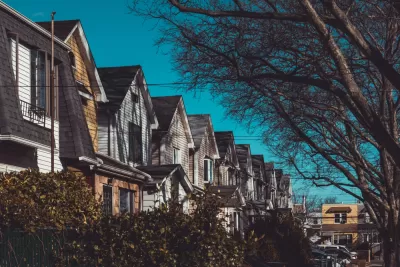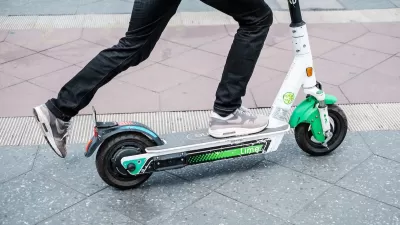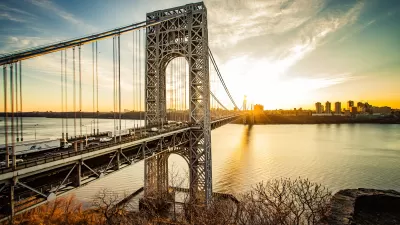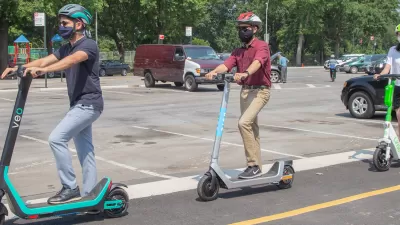As non-owner-occupied homes increase in number in Queens neighborhoods, it's becoming harder for immigrants to afford a first home.

Oscar Perry Abello writes about growing concerns that Queens is losing its identity as a place for immigrants to come to the country and establish a life—the death of the starter home is how the headline describes the stakes.
According to Abello, "community advocates are sounding the alarm that investor dollars are setting off market speculation that threaten to price out the first-time homebuyers, many of them immigrants, that made those neighborhoods such reliable places to sprout roots."
Abello, who has a family history of arriving in Queens to establish a life in the United States, shares news of a report published earlier this year by the Chhaya Community Development Corporation, which "found that mortgages for non-owner-occupied homes in Queens is now roughly triple what it was before the housing market crash of 2008."
"In three key neighborhoods that Chhaya has long considered a safe bet for first-time immigrant homebuyers, non-owner-occupied home mortgages accounted for 20-30 percent of home purchases in 2017," according to Abello. Local advocates are stepping up messaging, as explained in the article, that connects those non-owner-occupied home mortgages to large-scale investors.
Abello also calls attention to the role of the Federal Housing Administration's Distressed Asset Stabilization Program in shifting ownership of much of the borough's housing stock to large investors in the wake of the foreclosure crisis of the Great Recession.
FULL STORY: Is the Starter Home Dead in Queens? Time Is Running Out

Planetizen Federal Action Tracker
A weekly monitor of how Trump’s orders and actions are impacting planners and planning in America.

Congressman Proposes Bill to Rename DC Metro “Trump Train”
The Make Autorail Great Again Act would withhold federal funding to the system until the Washington Metropolitan Area Transit Authority (WMATA), rebrands as the Washington Metropolitan Authority for Greater Access (WMAGA).

The Simple Legislative Tool Transforming Vacant Downtowns
In California, Michigan and Georgia, an easy win is bringing dollars — and delight — back to city centers.

The States Losing Rural Delivery Rooms at an Alarming Pace
In some states, as few as 9% of rural hospitals still deliver babies. As a result, rising pre-term births, no adequate pre-term care and harrowing close calls are a growing reality.

The Small South Asian Republic Going all in on EVs
Thanks to one simple policy change less than five years ago, 65% of new cars in this Himalayan country are now electric.

DC Backpedals on Bike Lane Protection, Swaps Barriers for Paint
Citing aesthetic concerns, the city is removing the concrete barriers and flexposts that once separated Arizona Avenue cyclists from motor vehicles.
Urban Design for Planners 1: Software Tools
This six-course series explores essential urban design concepts using open source software and equips planners with the tools they need to participate fully in the urban design process.
Planning for Universal Design
Learn the tools for implementing Universal Design in planning regulations.
Smith Gee Studio
City of Charlotte
City of Camden Redevelopment Agency
City of Astoria
Transportation Research & Education Center (TREC) at Portland State University
US High Speed Rail Association
City of Camden Redevelopment Agency
Municipality of Princeton (NJ)





























